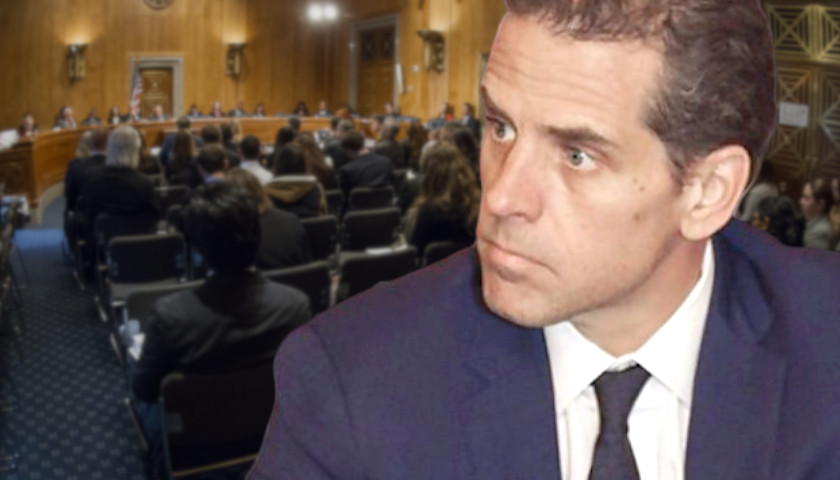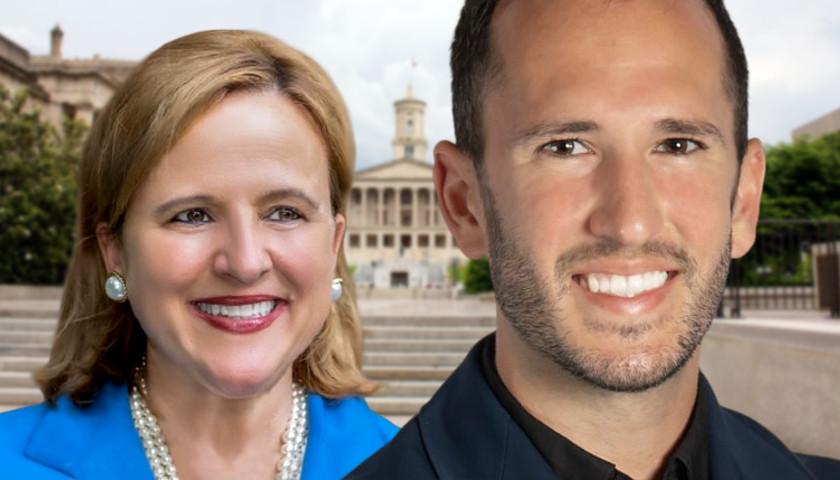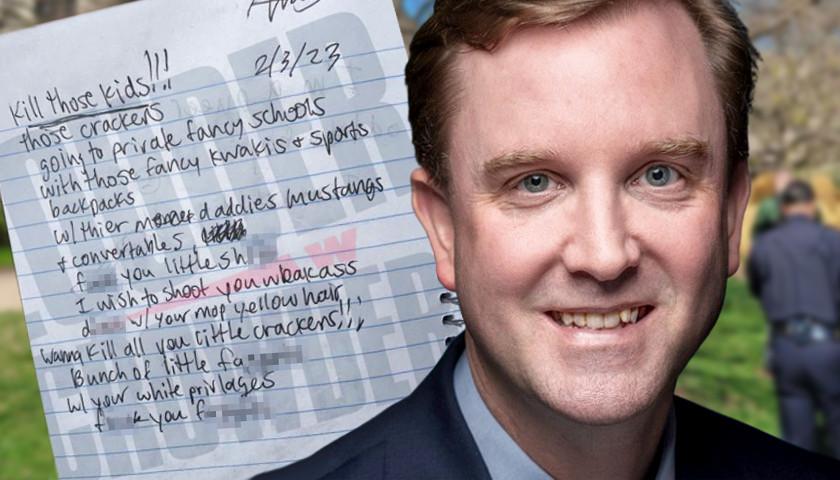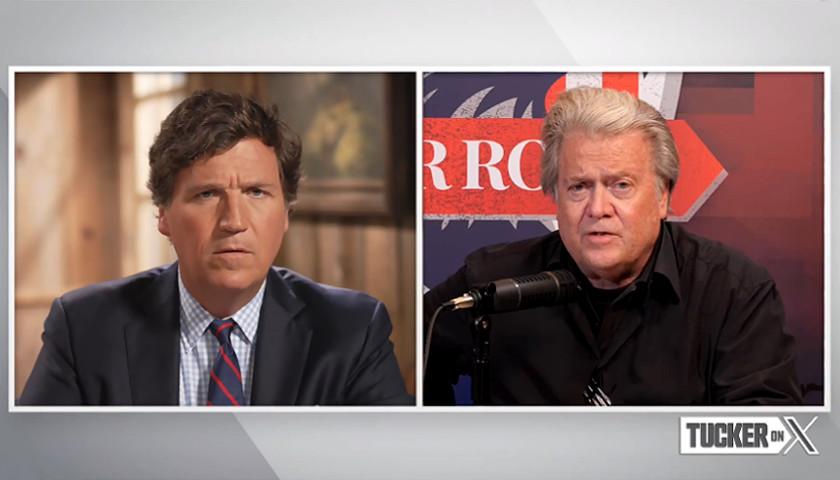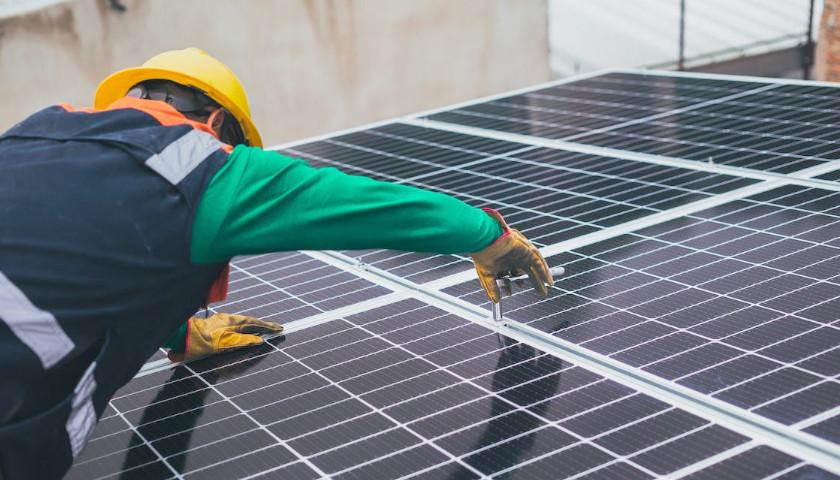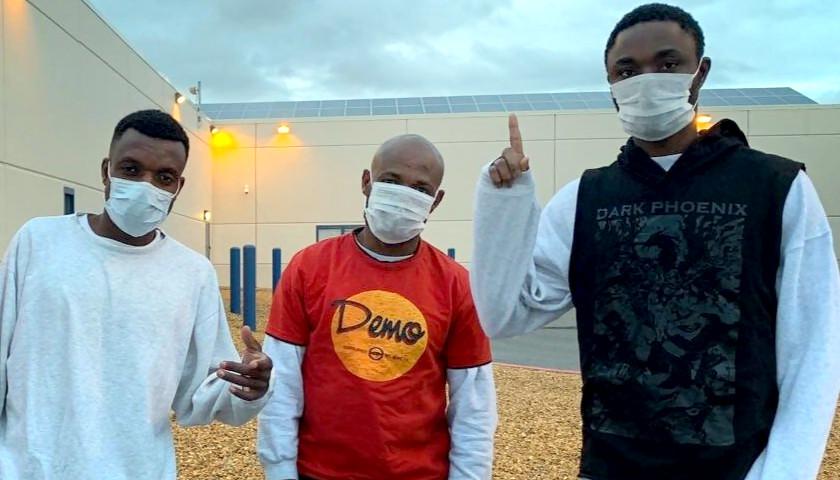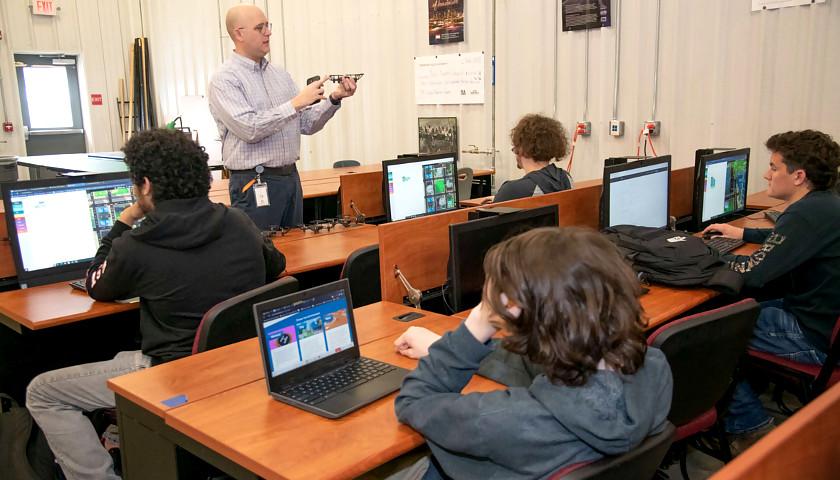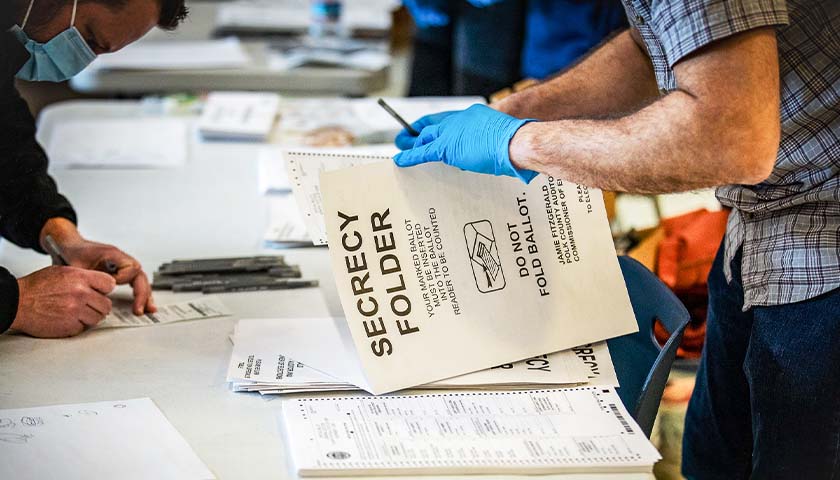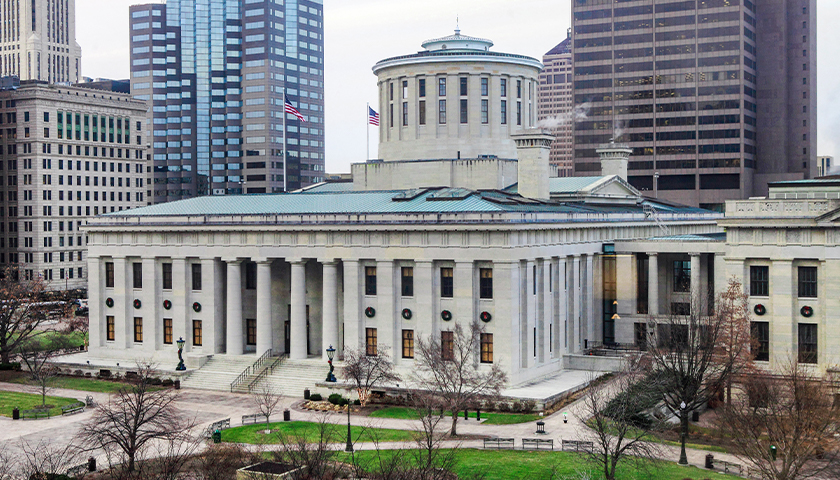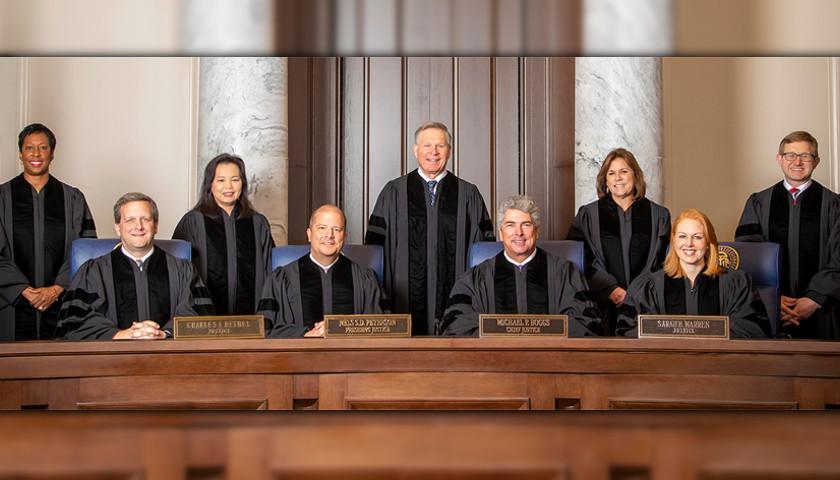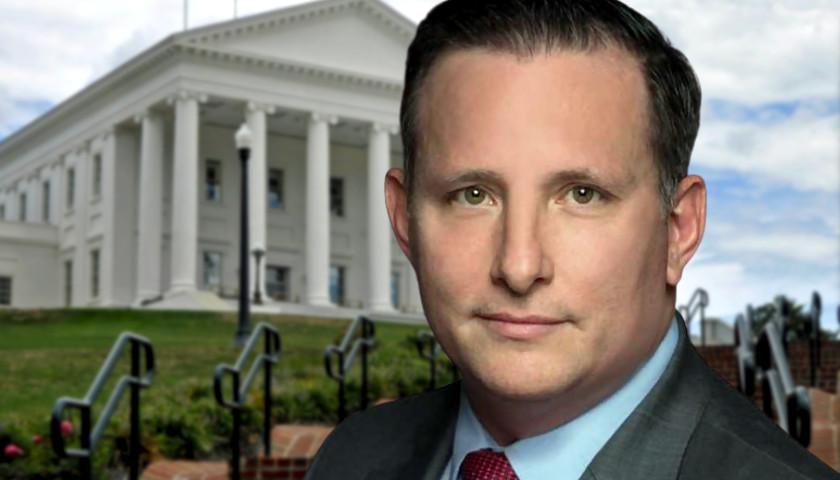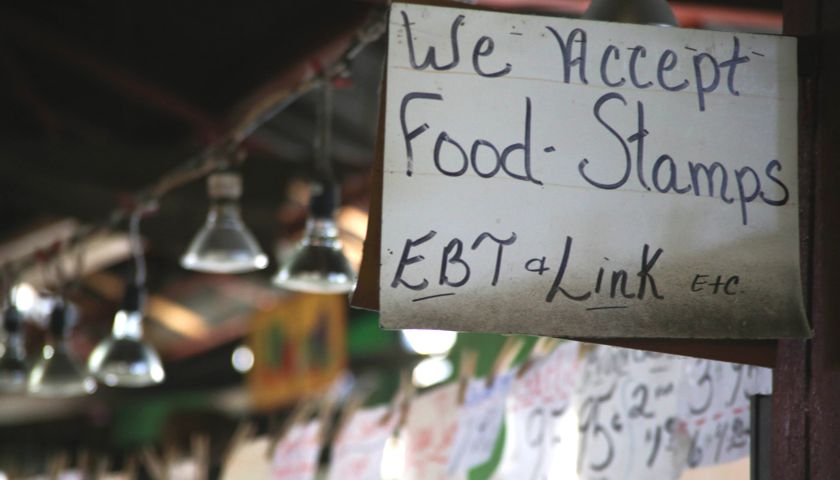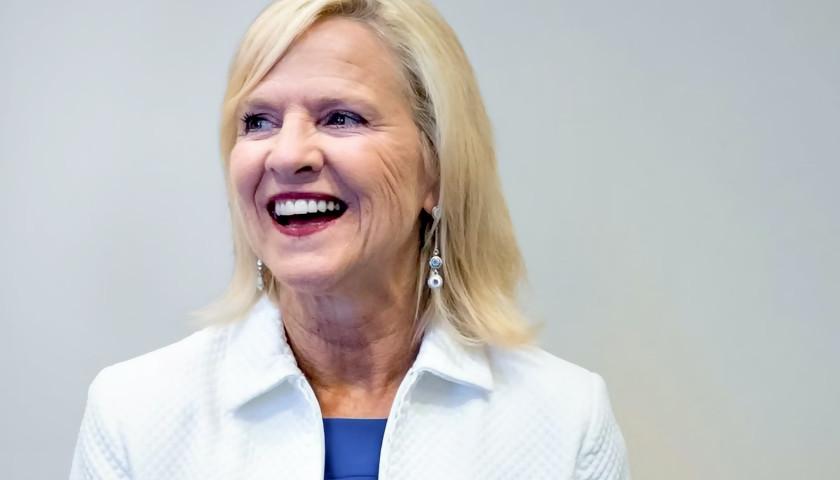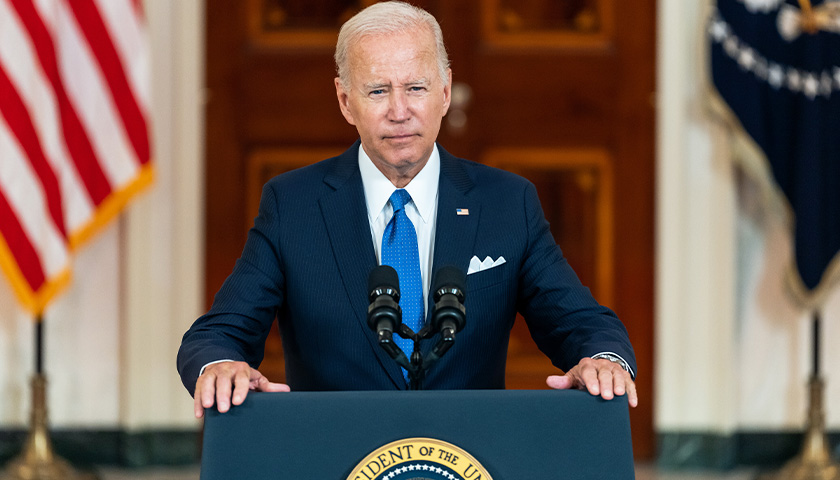by Robert Romano The U.S. economy has been on a rollercoaster ever since the COVID pandemic of 2020, first with high unemployment and near deflationary levels as the global economy was locked down, followed by a deluge of government spending, borrowing and printing almost $7 trillion, followed by inflation that has largely outstripped incomes. The last of the COVID transfer payments, which contributed substantially to the inflation — what Milton Friedman dubbed “helicopter money” — went out in March 2021, and so the question is how have the American people been faring since? Nominal personal income has increased at an average, annual rate of 4.4 percent, according to data compiled by the Bureau of Economic Analysis. In the meantime, the Consumer Price Index has increased at an average annual rate of 6.1 percent. The Bureau of Economic Analysis defines personal income as “The income that persons receive in return for their provision of labor, land, and capital used in current production, plus current transfer receipts less contributions for government social insurance (domestic).” That’s slightly confusing, and so the St. Louis Federal Reserve Bank defines personal income it as “the income that persons receive in return for their provision of labor,…
Read the full story


